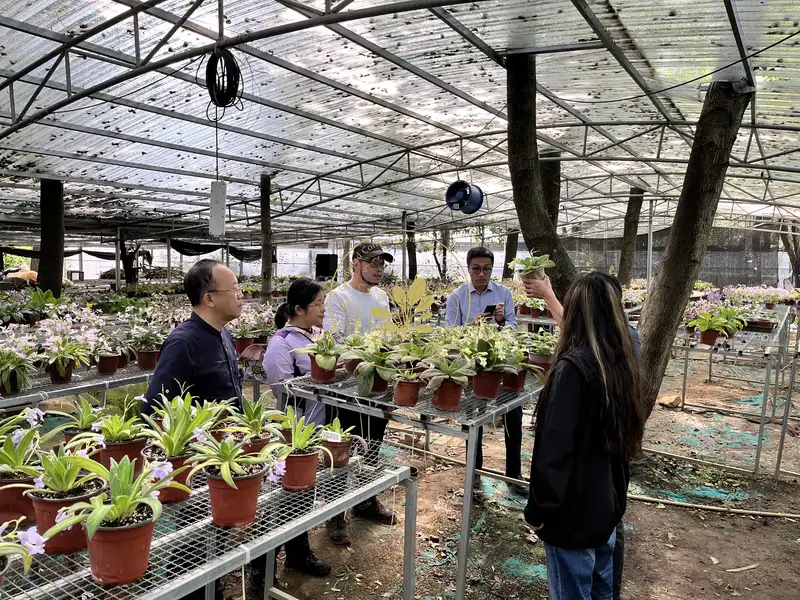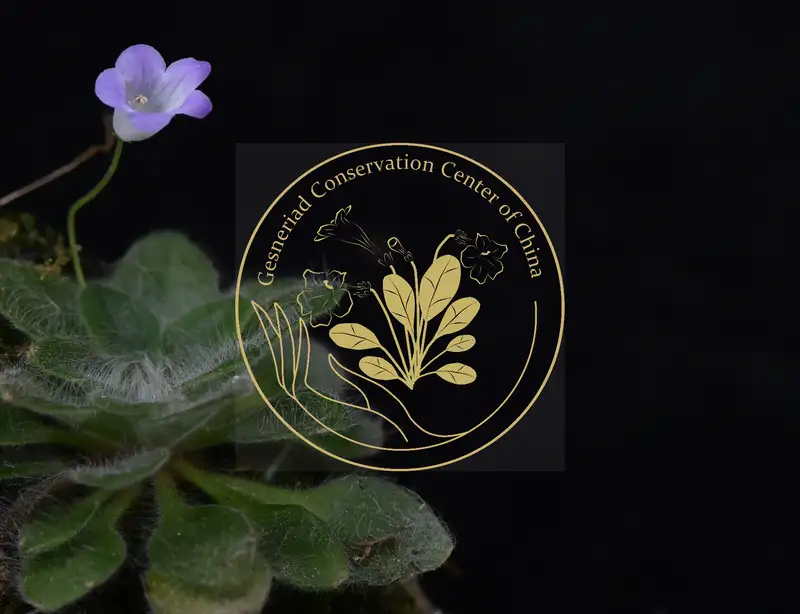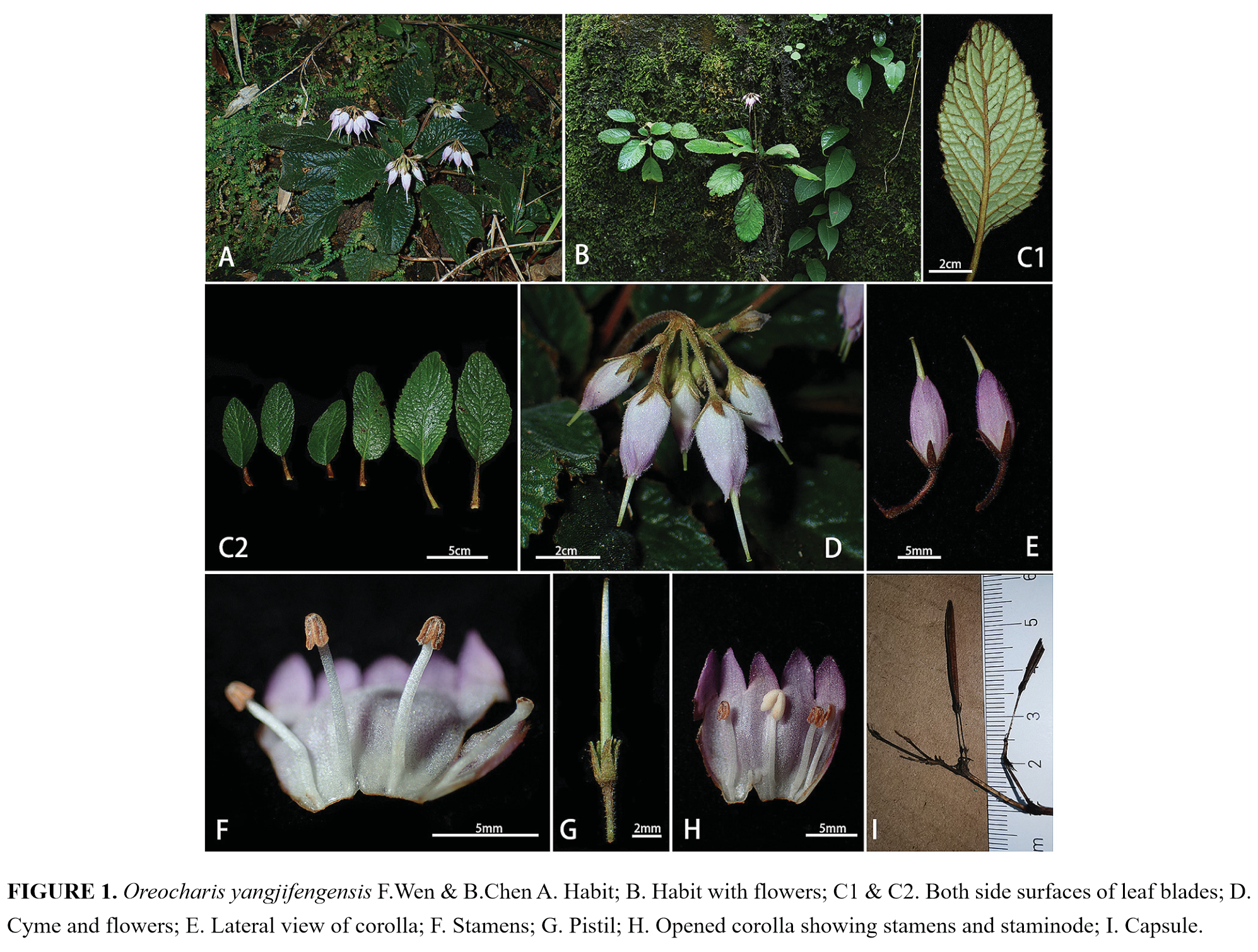No.13 JUN HU, YU-NING XIONG, LI LI, QING LIU& FANG WEN
Rediscovery of Aeschynanthus monetaria (Gesneriaceae) in Southeast Tibet, China
after more than 100 years
Phytotaxa 450 (1): 109-114
ABSTRACT
Aeschynanthus monetaria, a beautiful epiphytic species of Gesneriaceae, was rediscovered in monsoon rain forest along the Yarlung Zangbo River in Motuo County, Southeast Tibet (Xizang), China. Its description is amended and completed with both fresh and dried specimens in this discovery. To better facilitate its identification, the color images in the field and line illustrations based on our specimens are given. A taxonomic note concerning its lectotype and the ending of specific epithet is discussed.
Original article link:https://www.biotaxa.org/Phytotaxa/article/view/phytotaxa.450.1.9
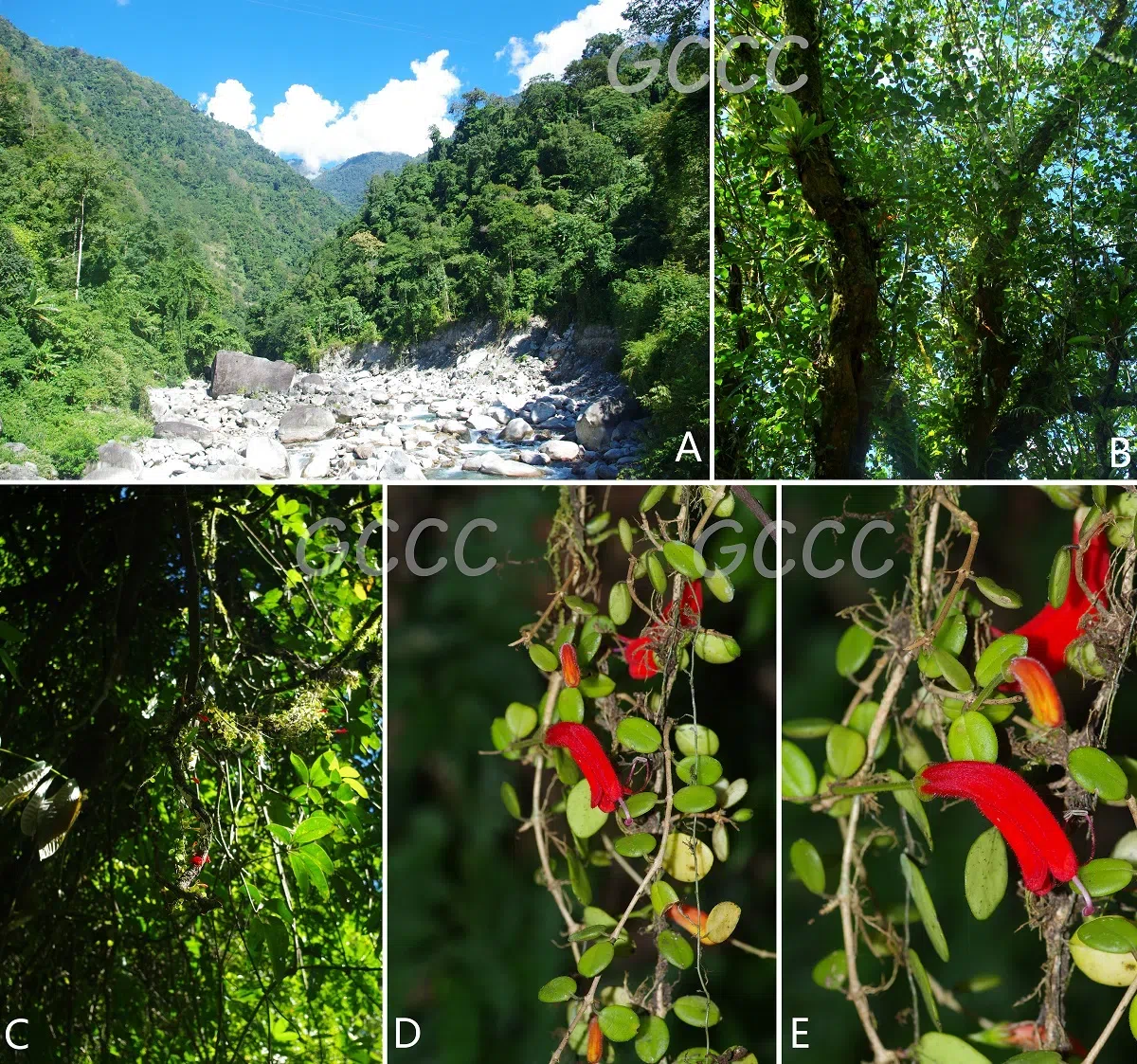
FIGURE 1. Aeschynanthus monetara Dunn. A. Overview of monsoon rain forest along a stream in the southern slope of Himalaya; B. Thetree trunks with epiphytic plants; C. Epiphytic plants on dead branch; D. Habit; E. Solitary flower. Photoed by Jun Hu.
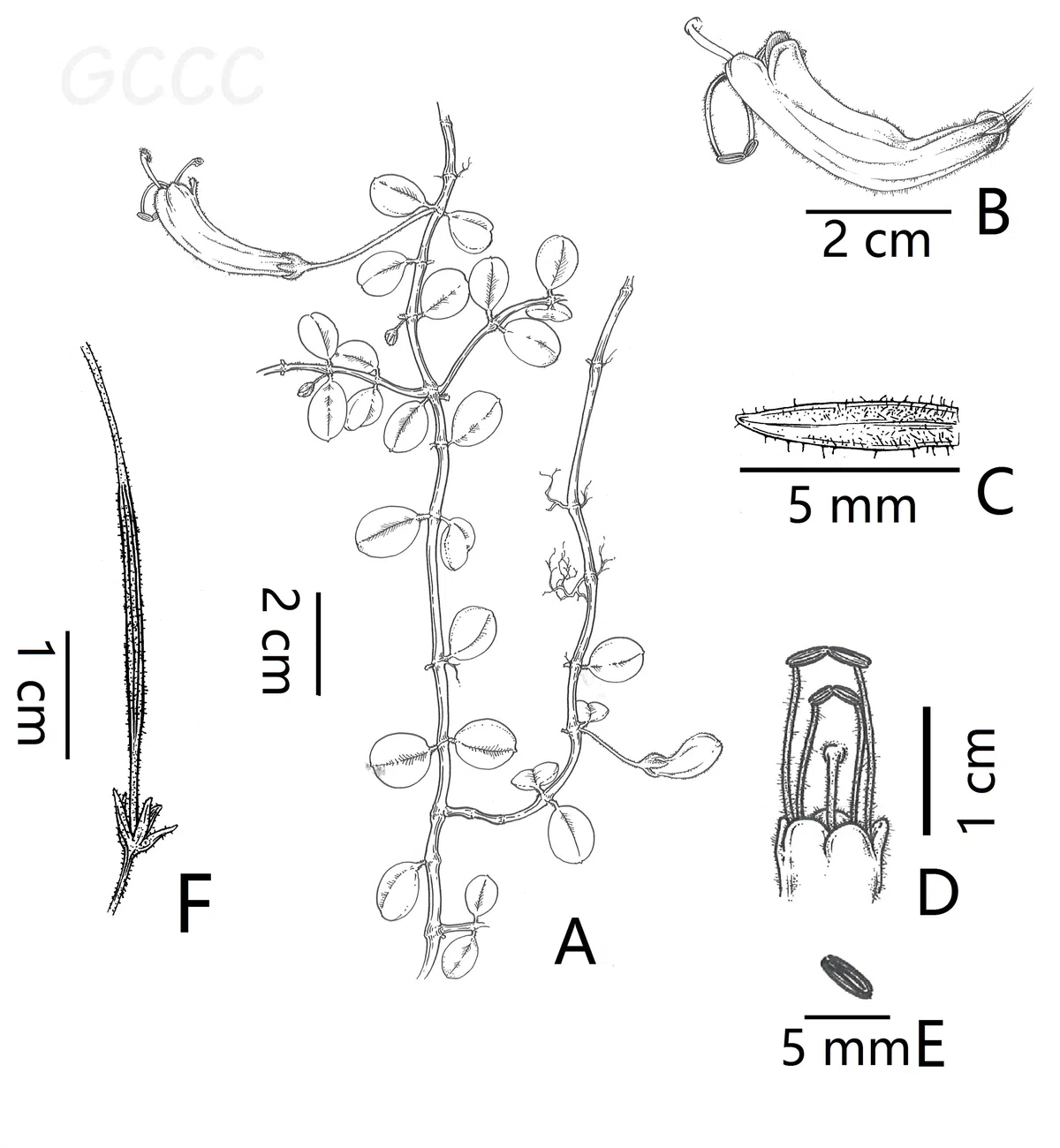
FIGURE 2. Illustrations of Aeschynanthus monetaria Dunn. A. Habit; B. Flower in side view; C. Calyx lobes (abaxial surface); D.Two pairs of exerted fertile stamens with long and short filaments; E. Anther; F. Young capsule. Drawn by En-Tong Liu based on HujunHJ05104 (CDBI).
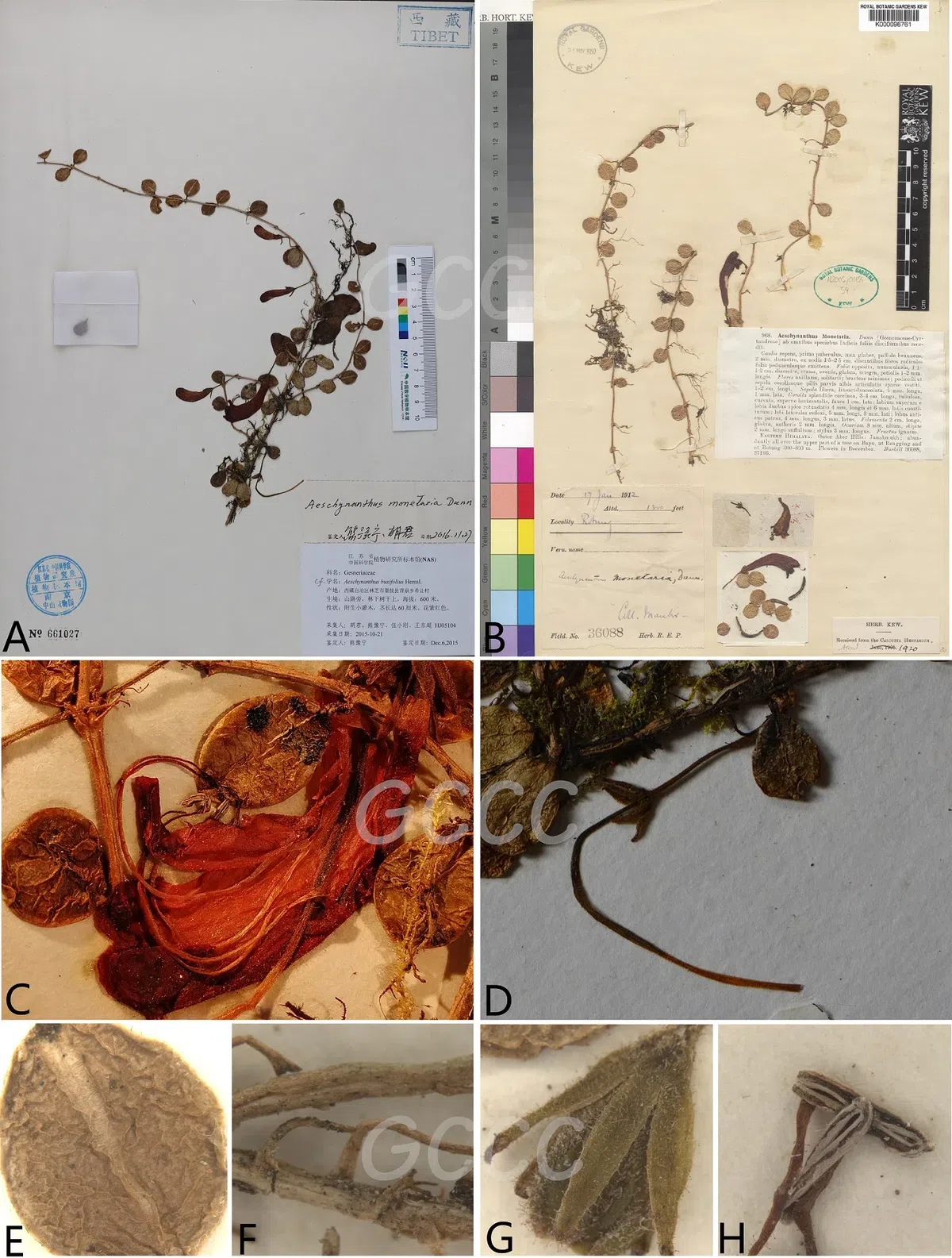
FIGURE 3. Specimens and morphology of dried plants of Aeschynanthus monetariq Dunn. A. A duplicate of Hujun HJ05104 (NAS);B. Lectotype in K (image from website of Royal Botanical Garden, Kew); C. Flower dissection of dried specimen; D. immature fruit; E.Abaxial surface of a leaf blade; F. Adventitious roots; G. Calyx lobes; H. Two anthers. A, C and D photoed by Yu-Ning Xiong, E, F, G andH photoed by Jun Hu.



